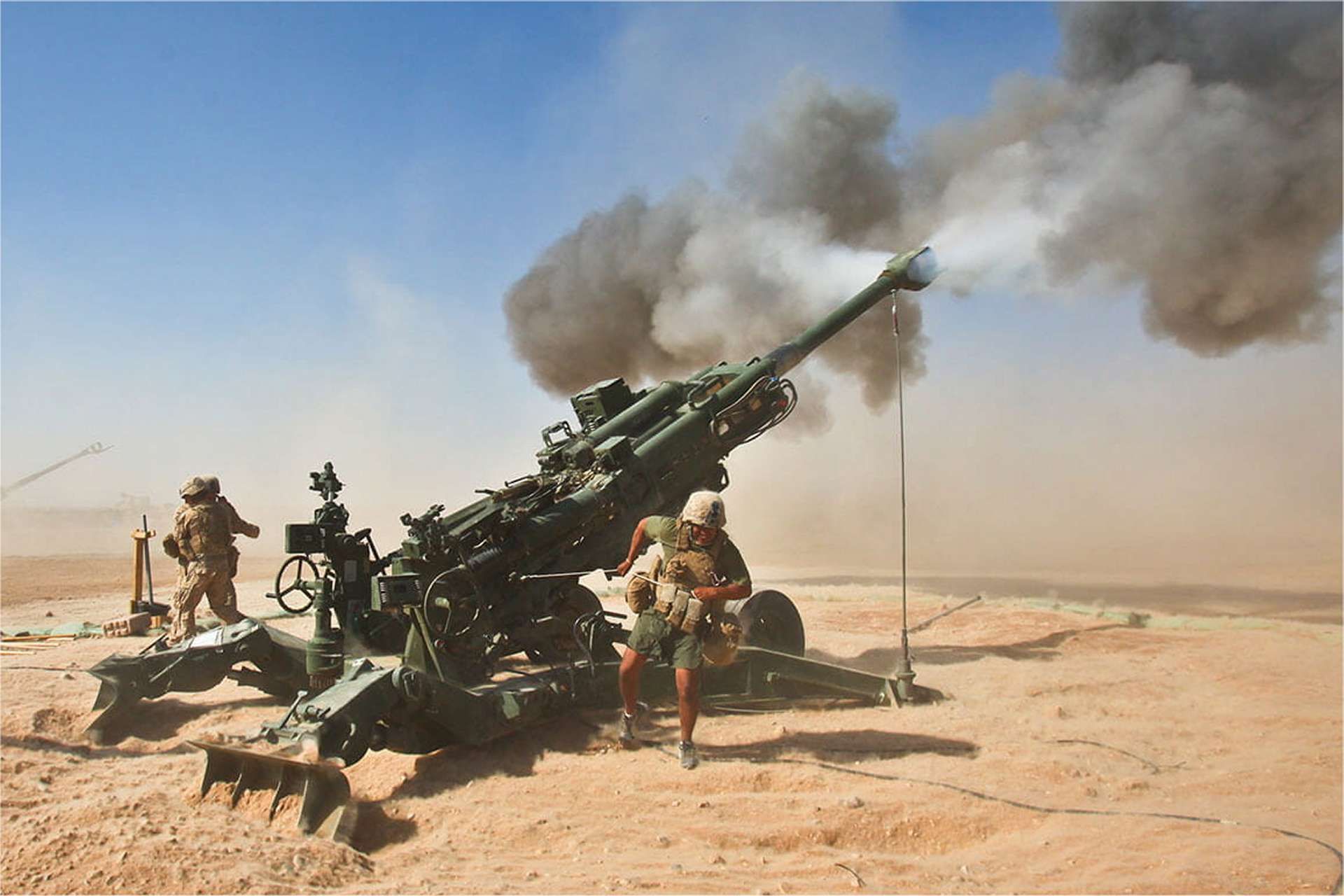Breaking news
US Pursues Development of Extended-Range 155mm Anti-Armor Artillery Shell.
The US Army is actively seeking manufacturers from the United States and Canada to develop the 155mm extended-range artillery projectile, according to an announcement by the US government on May 24, 2024. This initiative encompasses the stages of design, qualification, and production.
Follow Army Recognition on Google News at this link

The Excalibur projectile increases precision, minimizes collateral damage, and reduces the logistical burden for artillery forces. (Picture source: Raytheon)
Low-rate production is expected to begin in the second quarter of fiscal year 2029, with initial operational capability anticipated by fiscal year 2030. Production rates initially set at 300 shells per year are expected to increase to 1,500 shells annually by the sixth year.
The new projectile aims to hit moving targets such as main battle tanks, self-propelled howitzers, multiple rocket launchers, air defense targets, and maritime threats at greater distances than current shells.
The projectile must be able to operate effectively in environments where GPS is unavailable, using an alternative navigation system. Additionally, it must be compatible with current and future weapon systems, including 39 caliber and 52 caliber cannons.
With a 39-caliber cannon, the minimum expected range is 65 kilometers (40 miles), while with a 52-caliber cannon, the range should exceed 70 kilometers (43 miles). For comparison, the standard 155mm M982 Excalibur shell currently has a range of about 40 kilometers (25 miles).
The US Army's efforts to extend the range of its 155mm projectiles faced a setback earlier this year with the cancellation of the Extended Range Cannon Artillery (ERCA) program due to technical challenges. The ERCA cannon, measuring 9 meters (30 feet) long and 58 caliber, was designed to achieve a range of 70 kilometers (43 miles).
In response to the cancellation of the ERCA program, Major General Karl Gingrich, deputy chief of staff for programs, emphasized adapting existing technologies to achieve the required ranges and lethality. He highlighted the potential to improve the shells themselves rather than developing entirely new systems. According to Gingrich, leveraging existing cannon configurations, such as the 39 calibers and the NATO-standard 52 caliber, can meet the army's needs without requiring longer gun tubes.
The US Army's focus on improving the range and effectiveness of its 155mm artillery projectiles reflects a strategic shift towards innovation within existing frameworks, ensuring enhanced capabilities while navigating the challenges of modern warfare.

An Excalibur projectile. ( Picture Source: US Marines)


























